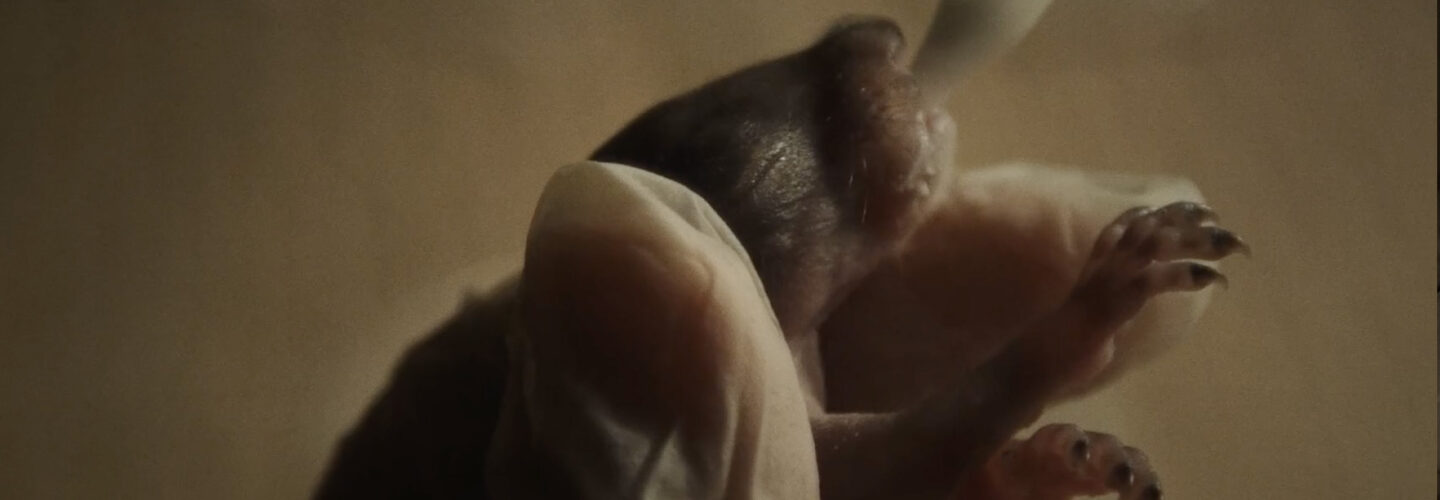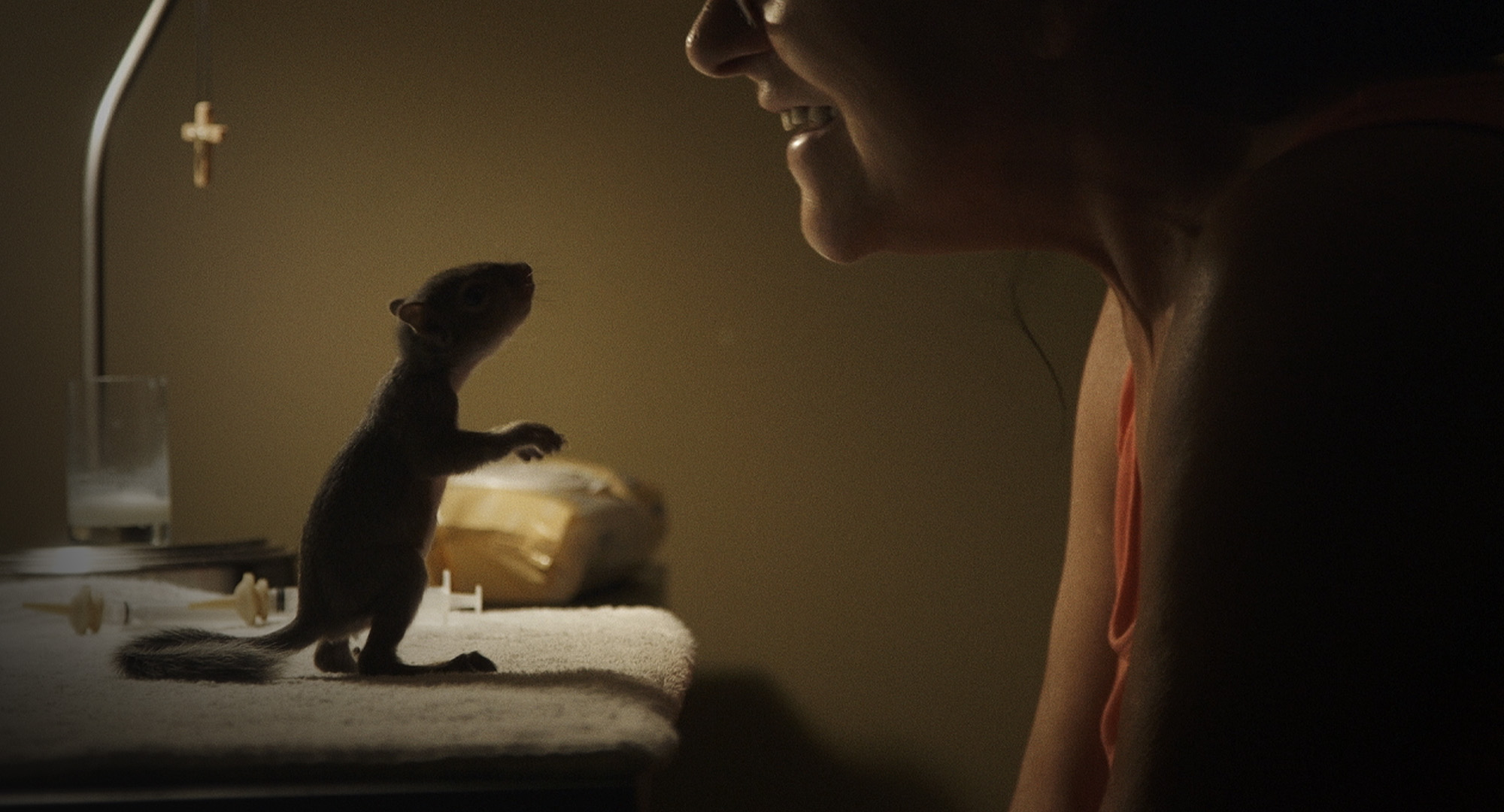
If you’re not a rodentologist and you haven’t yet watched My Duduś, you probably don’t harbour any particularly strong feelings about squirrels. You might think of the bushy tailed creatures as garden pests, or loosely associate them with the acorn-obsessed saber-toothed squirrel Scrat from the Ice Age films, but it’s highly unlikely you’ve ever contemplated complex matters such as interspecies relationships and codependency. Well, prepare to have your mind blown and your heart melted into a squishy puddle of love, because My Duduś not only documents a single rodent’s story from a personal and heartfelt perspective but also reveals a deeply emotional connection between a human being and a squirrel. This is the true story of Czesława Krawczyk-Miczejko, Duduś – the squirrel she found and raised, and Tom Krawczyk – Czesława’s son who shot and directed this unique friendship as it blossomed. You might think you’re watching just another documentary about a helpless animal being rescued, until you see the cheeky Duduś playing with toys, antagonising the house cat and sneaking into his adoptive mother’s cardigan pocket. In a (ahem) nutshell, My Duduś is a delightful celebration of the transformative power of engaging with the natural world but also a reminder of how little we know about it. Naturally, we were thrilled to have a chat with Krawczyk and find out more about the moment he first laid eyes on baby Duduś, where the squirrel is now and everything in between.
Tell me about the first time you met Duduś – what did you make of him and why did you feel compelled to pick up your camera and document the event?
Meeting Duduś for the first time was a very special moment. At first, my mother sent me a photo via text message saying she found something in the backyard while she was gardening. It was hard to tell exactly what it was. It resembled a small hairless creature that plummeted to earth from another planet. When I got home, she walked me into a room and pulled out an old shoe box. “He’s sleeping,” she whispered as she opened it. A tiny head peeked out from the mountain of towels, blankets and a homemade heating pad made of a used white sock and rice. “So, what is that exactly?” I asked. I squinted my eyes as I gently moved the blanket to expose the animal’s torso. “Is that a squirrel?” I looked over at her, and even though it was dark, her beaming smile lit up the room. “Yes,” she nodded.
It resembled a small hairless creature that plummeted to earth from another planet.
From that moment on, I knew there was something special happening. I couldn’t remember the last time my mother was so excited about something. The meticulous care and love she poured into this animal was so heartwarming. It was actually my mom’s idea to pick up the camera and start filming. I was a bit hesitant at first, thinking that in the coming days the squirrel’s mother would return. It was also peak Covid and everything was in lockdown, so I really had nothing else to do. I’m glad I listened to her. I guess it’s true that mothers are always right.
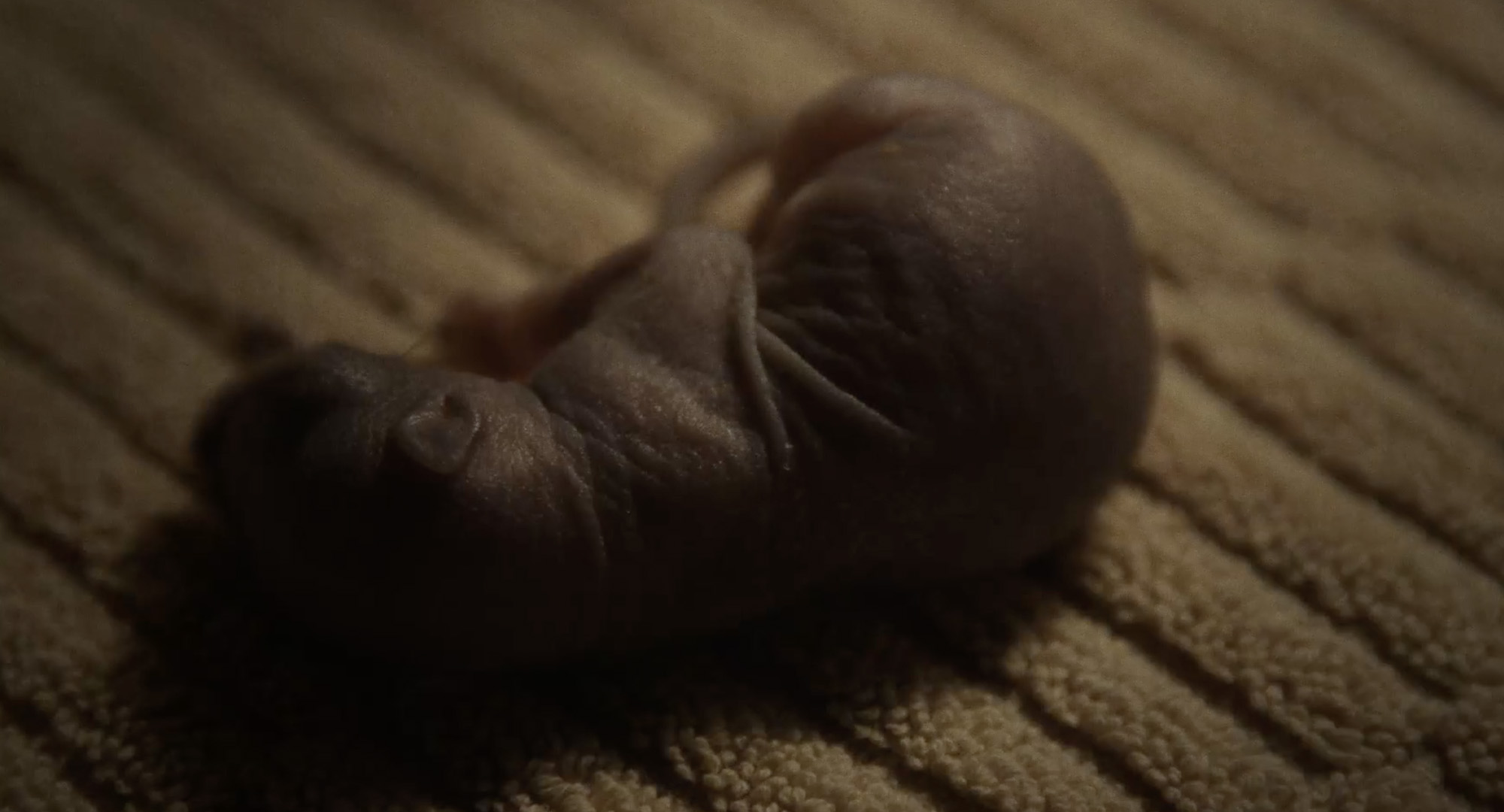
How did you go about capturing the emotional bond that developed between Duduś and your mother, and did you have a clear narrative in mind?
I reached into the back of my closet and pulled out a dilapidated box that was held together by duct tape. Inside was a Canon C100 Mark I that I purchased off Craigslist for a few hundred bucks many years ago. I dusted it off, charged the batteries and fired it up. From then on, the camera was always at arm’s length. Despite the camera being old, the nice thing about it is that as soon as it’s powered on it will boot up immediately. Plus, the batteries last forever. Even so, I still managed to miss some special moments. With an active squirrel, moments unfolded so quickly.
At one point, I uploaded all the footage to my computer and spent several days going through all the footage, choosing my favorite clips. In the end, I had an 18 minute string of random moments that I thought looked ‘beautiful’. I didn’t really think much of it until I sent it to my Producer Nick J. Santore. He convinced me that the footage had the potential to become a film if we could get my mom involved. We came up with a plan to capture her sharing her story and then sent everything over to our Editor Colin Santangelo. With all of us living in different parts of the world, we would meet up on video chats to complete the film together.
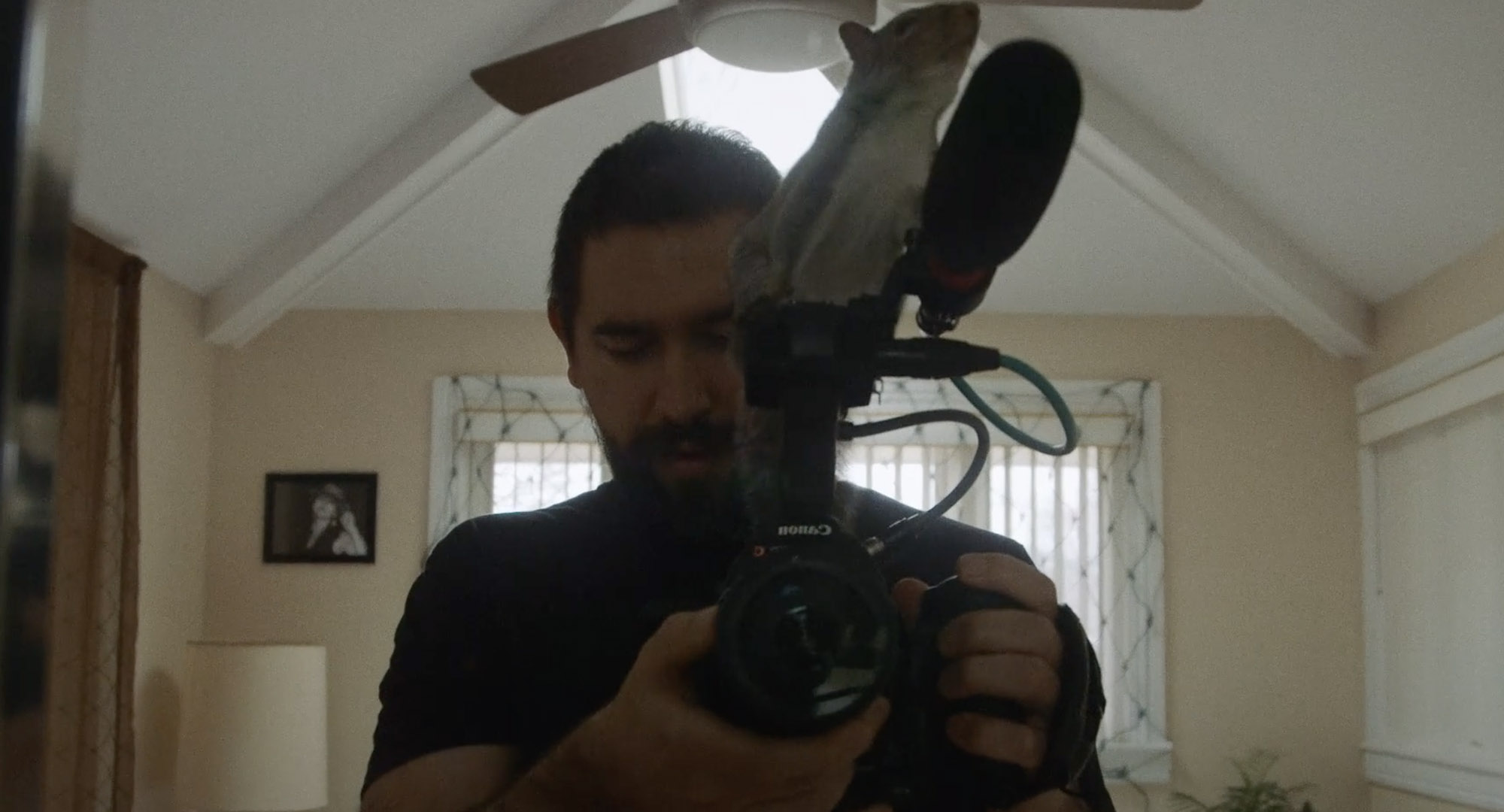
This is a very personal project. Did you find that to be an advantage or a hindrance?
At the time, I was attending the Łódź Film School in Poland and working on my Master’s in photography. I was already working on a very personal photography project about my mother. She escaped Poland during its communist rule with the intention to earn money in Chicago and returning to Poland to help provide for her family. My unconventional birth out of wedlock and my father abandoning us left my mother atop a precipice: should she build a life in the US or return to the comfort, yet hardships she experienced in Poland? She took the leap, leaving everything and everyone behind so that I could have a better life.
I already wanted to explore these themes deeper, especially since I was now living in Poland and had easy access to a lot of new material. The story of Duduś and my mother came at the perfect time really, because I was already focusing on my mother. It further helped me realize how special my mother really is.
Did filming a wild animal present any challenges?
In the beginning, it was easy to film Duduś. He was just a baby so he’d be sleeping or eating. These were great moments to capture because I could set up my camera and film at a leisurely pace. It gave me the opportunity to be creative with framing, and lighting, and experiment with different lenses and macro extension tubes for those super close ups. But as Duduś got older, he began running all over the house. Keeping up with him was hard and I definitely got some good practice nailing my rack focus.

What do you hope the viewers will take away from the story?
When I was a kid I brought home a kitten. I convinced my mom to let us keep it, but only under one condition: it was my cat. From an early age I learned that caring for an animal can provide a sense of purpose and responsibility. Spending time with my cat also provided a welcome distraction from negative emotions, especially as I got older and became an angsty teenager. For my mother, Duduś was more than just a wild animal. He helped facilitate social connections with our small family and helped reduce feelings of loneliness and isolation. Especially while I was living in Poland. He became therapeutic for her. Improving her mood and self-esteem. Every time I talked to her on the phone, I could envision her beaming smile when she talked about Duduś. Caring for Duduś even encouraged physical activity as she’d spend several hours in the backyard playing with him. As for Duduś, my mother saved him and he reciprocated that love. I really hope this story helps shine a light on the beautiful connection between humans and animals.
Did you ever imagine that My Duduś would have such a successful festival run and that it would be received so warmly by the audience?
After seeing the first cut of the film, I knew there was something special there. I had a feeling that it would be well received. I mean who doesn’t like cute and furry squirrels who enjoy belly rubs? With this being my first film, I didn’t know much about the film festival world, but I knew it was the best way to try and get the film out there. It didn’t really register until we got our first acceptance email from SXSW. From there things kind of started to snowball and we were very fortunate to do an extensive festival run, meeting some incredible people along the way. Our main goal was to get the film on The New York Times Op-Docs platform. I remember I was playing basketball when they reached out about the film. I read the email and nearly fainted.
I mean who doesn’t like cute and furry squirrels who enjoy belly rubs?

What advice would you give to other film students, who are perhaps looking for a good story that’s worth telling?
Just shoot. Even if you’re skeptical. Sometimes the story will unfold right before your eyes. Even if it doesn’t, there’s so much you can do with footage. Turn it into an abstract or poetic piece and tell your story. It doesn’t have to be a feature length film. As long as you’re creating, you’re learning and that’s worth sharing. Also, quit looking so hard to find a story. You don’t have to travel to another state or country. Most of the stories are right under your nose.
Where is Duduś now?
People often ask how Duduś is doing now. Well, last summer my mother and Duduś had their final farewell. He sat on a branch in the backyard and according to my mom, if he could’ve said something, it would’ve sounded something like, “Thank you for everything you have done for me. I appreciate the love and care you have provided me with but it’s now my time to go and live in the wild with all the other squirrels.” We believe Duduś is out in the wild with his own family now. That is exactly what we wanted for Duduś. It couldn’t have ended any better.
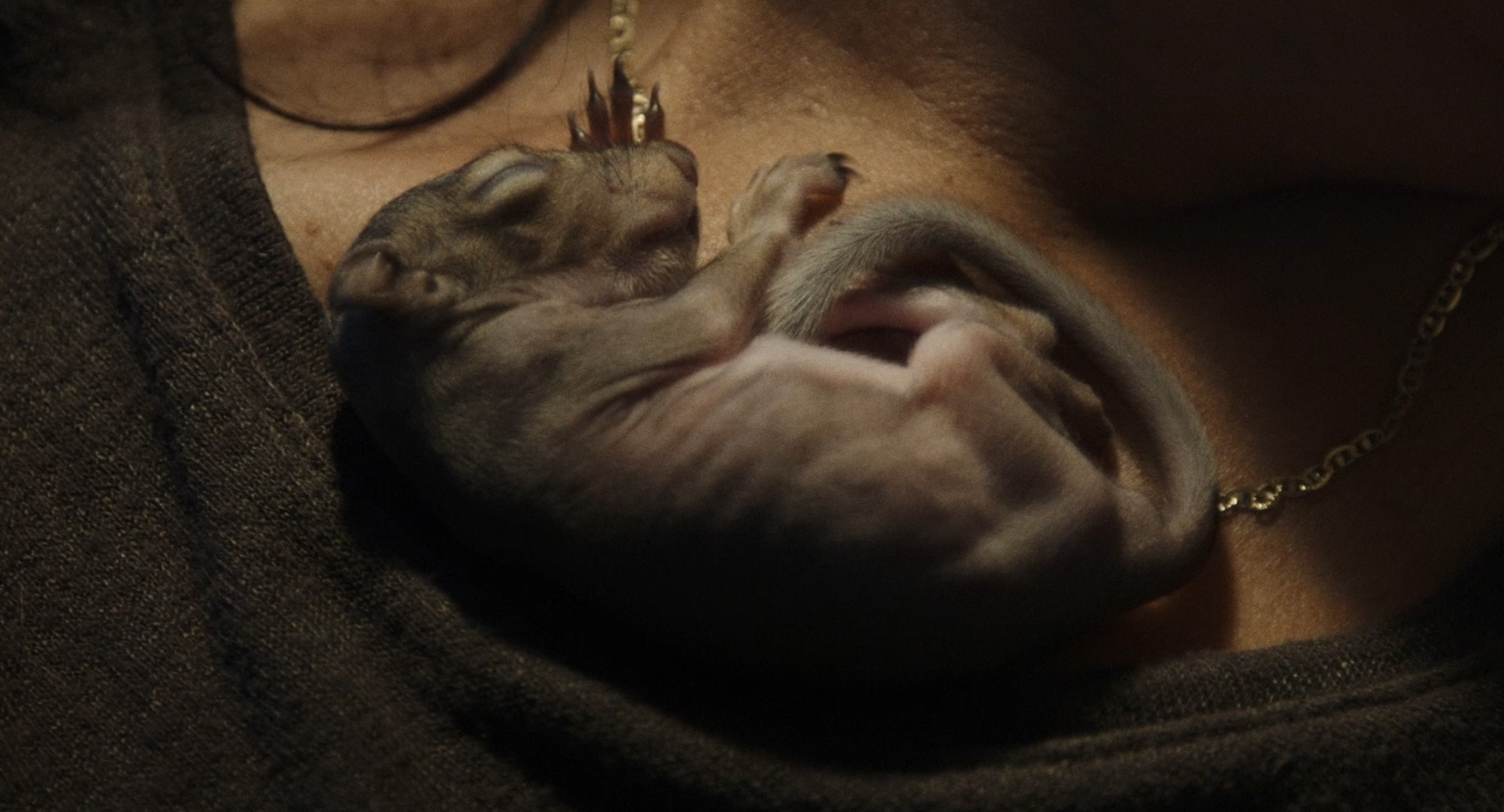
What are you working on next?
I’ve been sitting on some super 8 footage that I took from a trip to India several years ago. My producer Nick convinced me to make something with it, so we are starting to develop it out. I’m slowly working on a photography project about my mother. It’s a long term project and it’s always evolving. And finally, I’ve accumulated several hours of footage from a camera shop I used to work at. I still don’t know exactly what I’m going to do with it, but there’s definitely something there. In the meantime, I’m trying to become an on-set photographer for film and television shows. Photography is my true calling.

